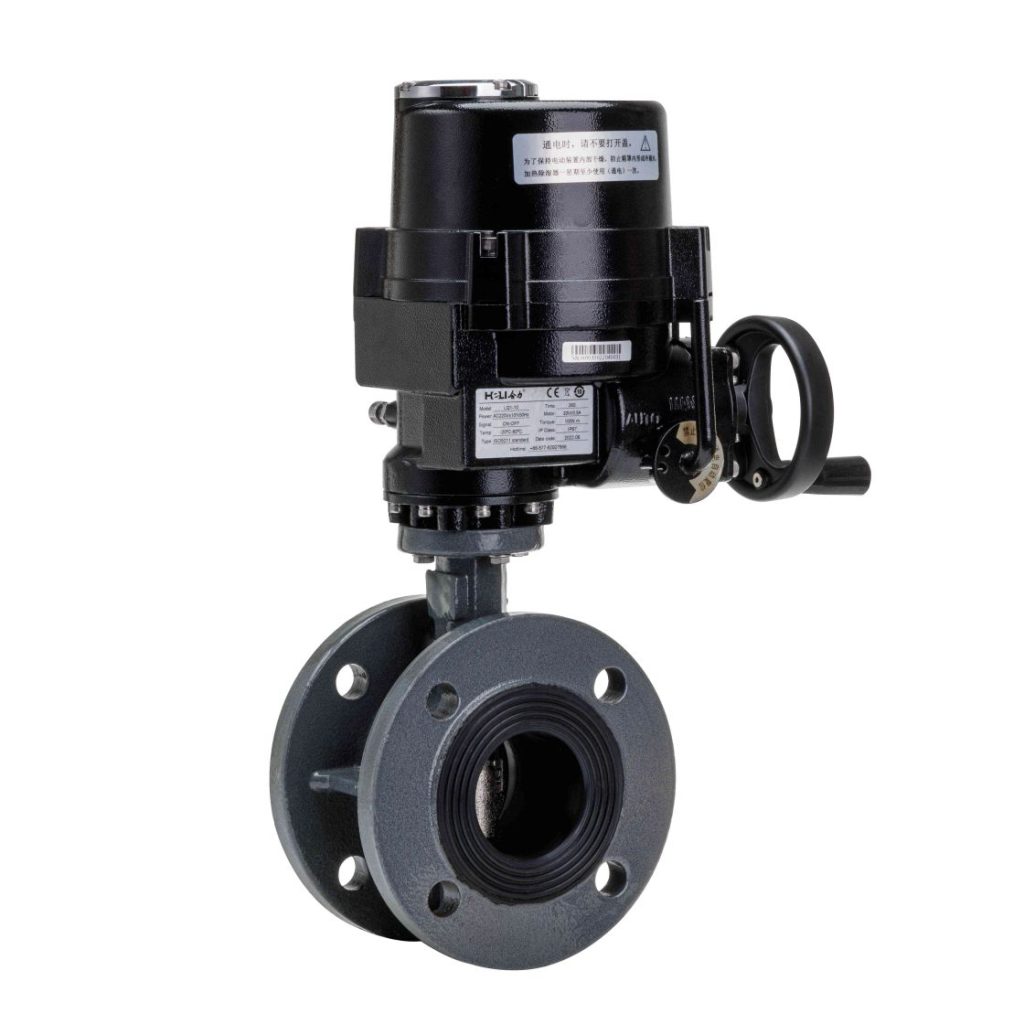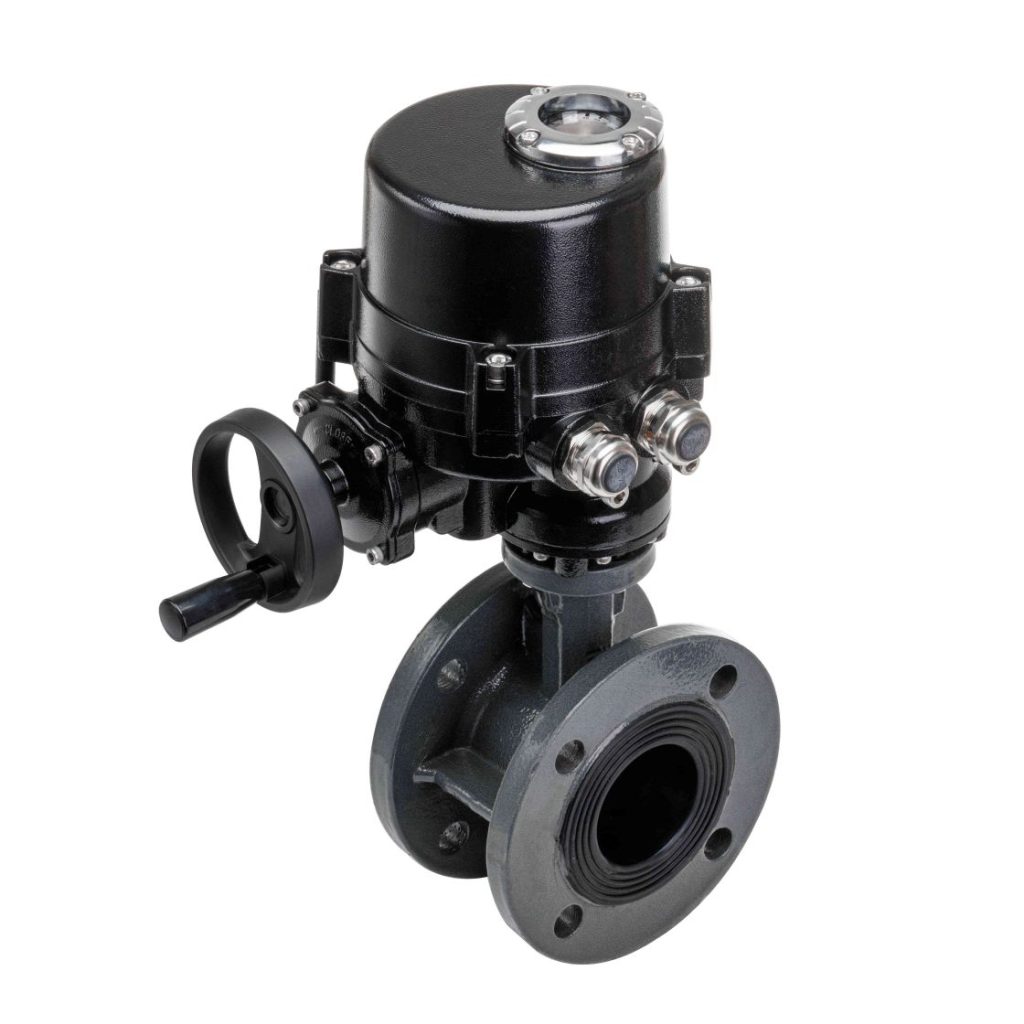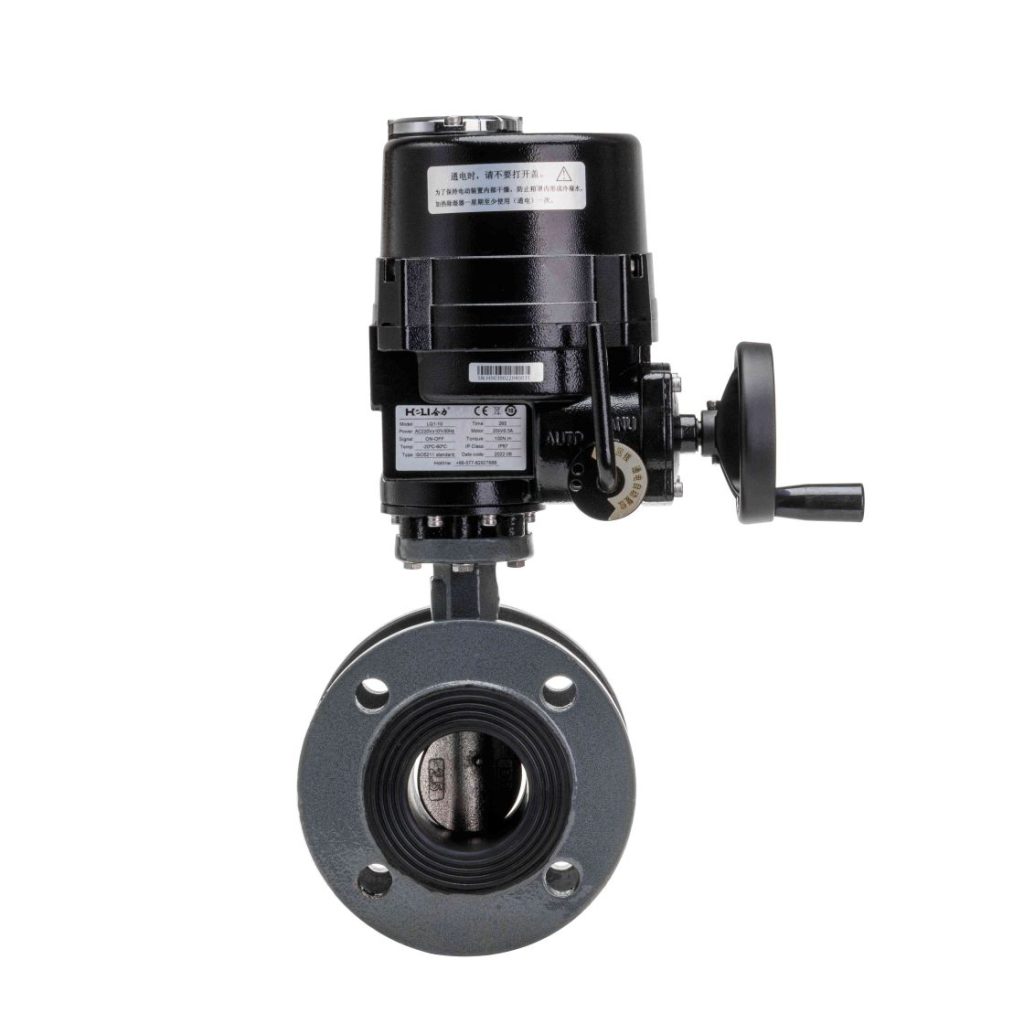In industrial applications, valves play a crucial role in controlling fluid flow within a pipeline system. Among various valve types, the WCB Electric Flange Ball Valve stands out for its reliability, efficiency, and versatility. This valve is especially useful in systems that require automated control, as it combines the precision of ball valve technology with the functionality of an electric actuator. In this article, we will explore the features, advantages, applications, and maintenance of the WCB Electric Flange Ball Valve.

What is a WCB Electric Flange Ball Valve?

The WCB Electric Flange Ball Valve is a type of quarter-turn valve designed with a ball that rotates to control the flow of fluids in a pipeline. The “WCB” designation refers to the material used in its construction—WCB steel (also known as carbon steel), a widely used material due to its strength and durability. The electric actuator mechanism allows for remote or automated control of the valve, making it ideal for applications where manual operation is impractical or unsafe. The electric actuator is typically powered by an electric motor, which allows the valve to be operated remotely through control systems or switches. The flange connection design ensures that the valve can be easily installed in a pipeline, providing a secure and leak-free seal.

Leave a Reply